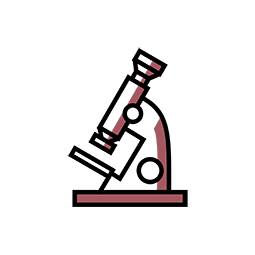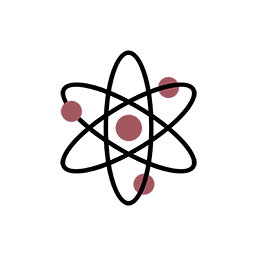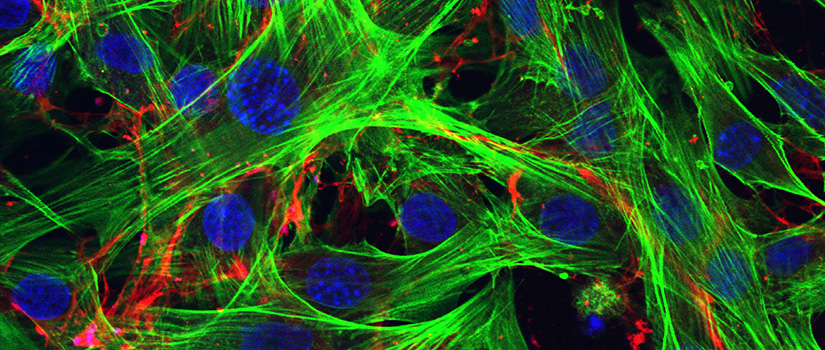Our Mission
By providing state-of-the-art biomedical instrumentation, the IRF seeks to facilitate the expansion of scientific knowledge and discovery in the USC School of Medicine Columbia and main campus research environments.
Purpose
As an integral component of the research and teaching mission of the University of South Carolina School of Medicine, the IRF houses several major pieces of state-of-the-art biotechnological equipment that provide investigation ranging from single cell and molecular level analysis to whole animal imaging. Additionally, the IRF maintains a full range of ancillary equipment available for sample preparation, image enhancement, and data analysis.
IRF External Identifiers
- Research Resource Identifier (RRID) - Promotes research resource identification, discovery, and reuse.
- The CoreMarketplace - A searchable list of active core facilities.
- SC INBRE - Increases research capacity by programmatic expansion and networking of research activities of faculty and students at academic institutions.
-

About Us
-

Equipment and Services
-

Acknowledgement Guide
-

Publications
-

Endowment
-

Applied Biotechnology
-

Resources
-

News and Media
